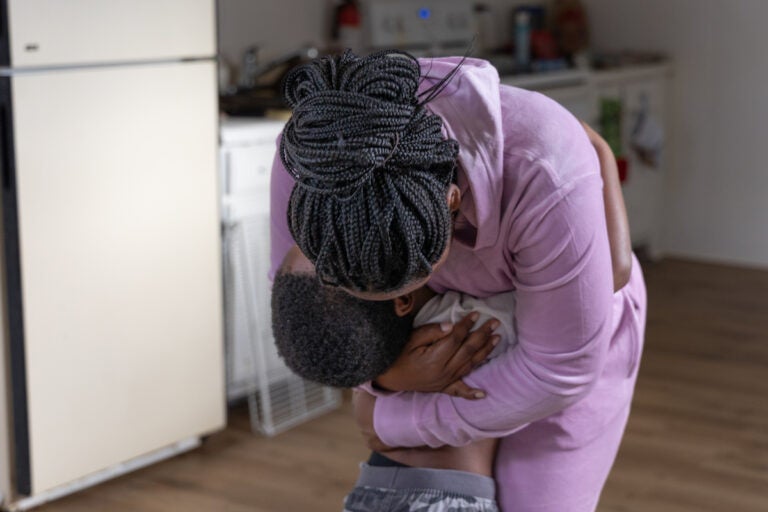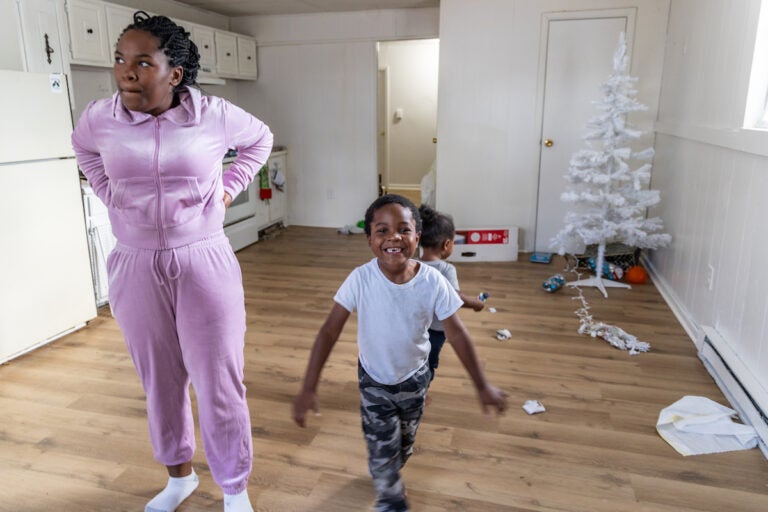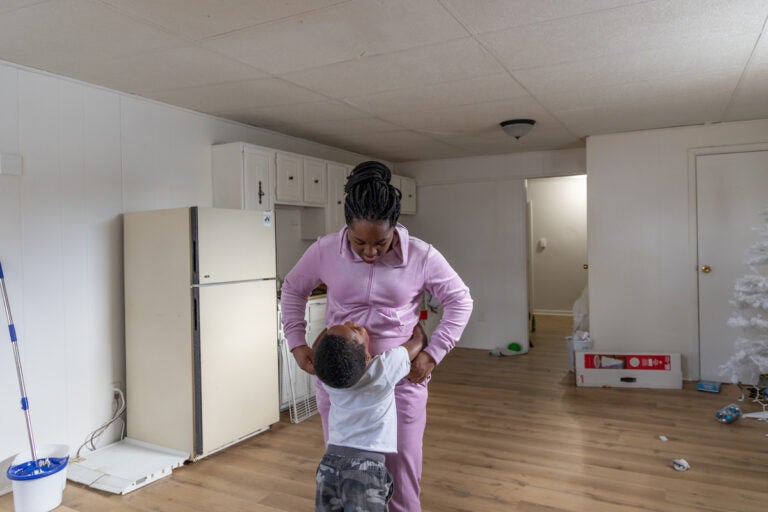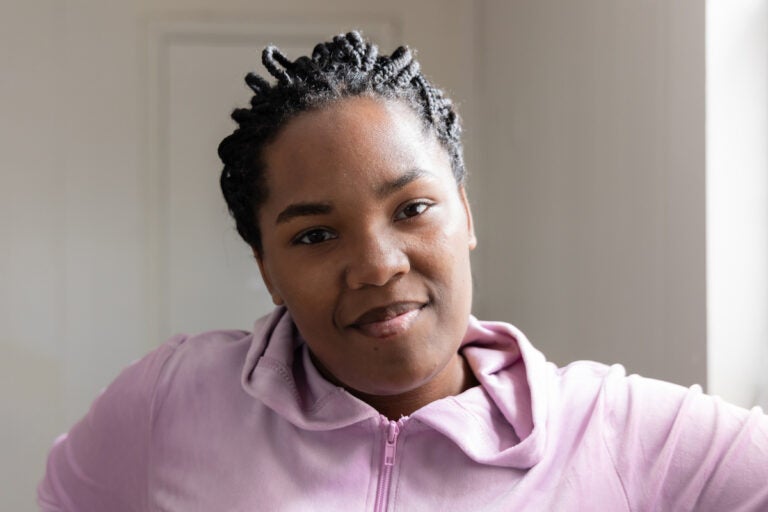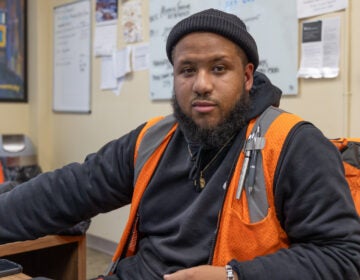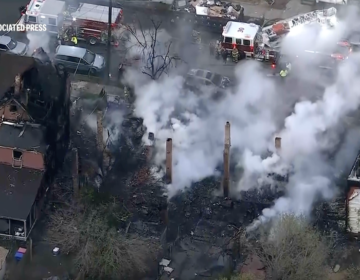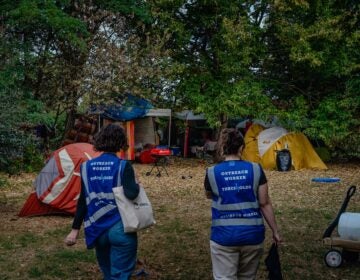How is New Jersey’s poorest county tackling homelessness?
The mostly rural county in South Jersey has only one shelter, but officials and advocates are working together to address the issue.
Listen 5:16
Lachnee Nelson, 24, with her son Legend, 2, in their apartment in Millville, N.J. (Kimberly Paynter/WHYY)
This story is from Young, Unhoused and Unseen, a podcast production from WHYY News and Temple University’s Logan Center for Urban Investigative Reporting.
Find it on Apple Podcasts, Spotify, or wherever you get your podcasts.
Reaching those experiencing homelessness is challenging in mostly rural Cumberland County, New Jersey, a one-hour car ride from Philadelphia. It is often cited as the poorest county in the state, based on census figures. While the poverty rate in New Jersey is just under 10%, Cumberland’s is at 15.5%.
“In addition to that rural aspect, we have three fairly substantial urban areas,” said county business administrator Harold Johnson, referring to Bridgeton, Millville, and Vineland. “It creates a unique problem.”
The county’s lone 24-hour shelter, Cumberland Family Shelter, is located in Vineland. But getting there is a challenge without a car ride or catching one of the few buses that travel there.
“Cumberland doesn’t have a great public transportation system,” Johnson admitted.
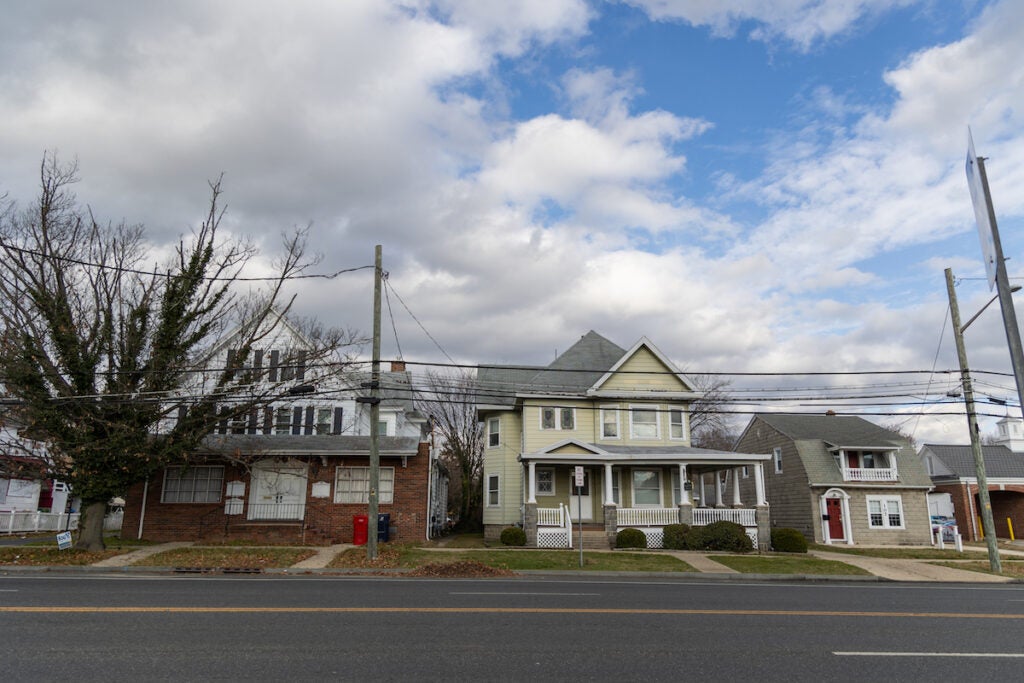
‘They just need to put in shelters’
The lack of easy transport proved a barrier for LaChenee Nelson, who experienced homelessness for a year. During that period, Nelson slept where she could. Especially so she could be close to her job.
“I was staying with a friend. And then before that I was sleeping outside. I was sleeping at hospitals,” she said. “I was just going from house to house to house.”
Prior to becoming homeless for a second time, she shared an apartment with her grandmother in Vineland.
“Being as though I didn’t have a stable job, I couldn’t afford to pay my half the rent.”
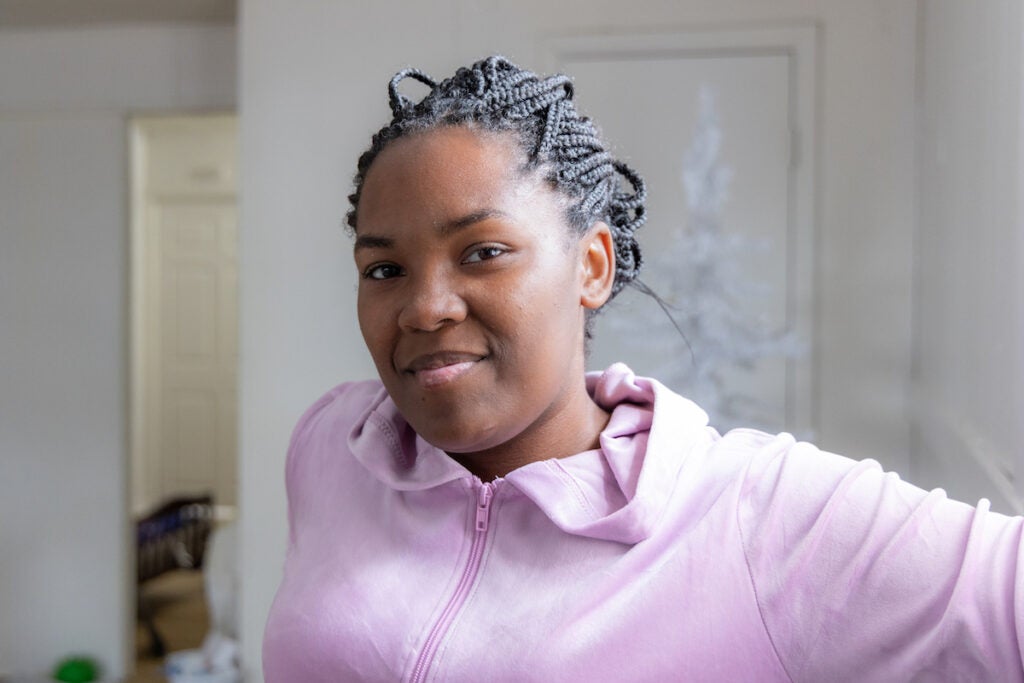
Nelson, 24, is a mother of two young sons. Child care issues caused her to leave her job at a fast food restaurant. But her lowest point came when her third child, a one-month old boy, died around the same time she lost the apartment.
“That took me in a dark place that I don’t wish for nobody,” she recalled. “I had no chance to heal properly. Like, I’ve been taking my anger out on the wrong people.”
Her situation started to change after obtaining stable employment this last July at another fast food shop. Nelson only told a few people at work about her situation.
“They were just good people to me when I told them what I was going through,” she said. “When I finally told them that I finally got my own place, they were so happy for me.”
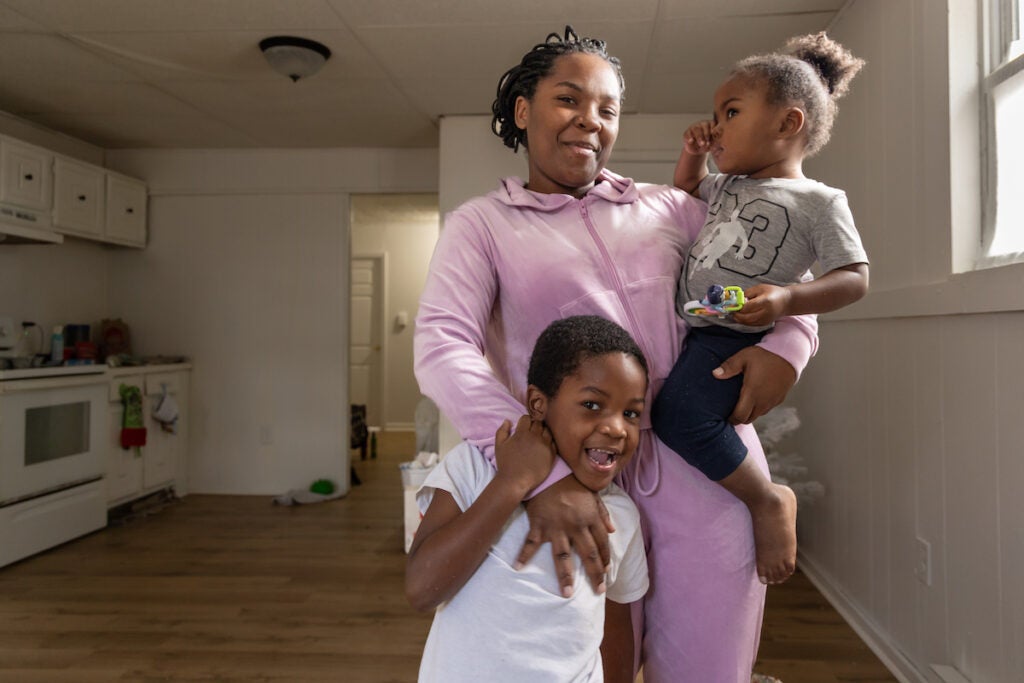
Nelson recently moved into an apartment in Millville, and is seeking therapy to cope with the loss of her infant child. She is also hunting for a second job to better support her family, though she wants to spend as much possible time with her children. Her ultimate goal is to go back to school to become a nurse and own a home in her 30s.
She said the county needs more homeless shelters.
“They need to put in shelters in Bridgeton, put in shelters in Millville, Vineland; somewhere close. They just need to,” Nelson said.
Challenging circumstances
County officials are working to improve public transportation. A plan to provide a regular bus route to the Cumberland Family Shelter is in the works.
But a network of community members and municipalities works to reach those experiencing homelessness to get services.
“We want people to be at the next best place for them, and that’s not always housing,” said Jill Lombardo-Melchiore, executive director of Rural Development Corporation, which oversees the Cumberland Family Shelter.
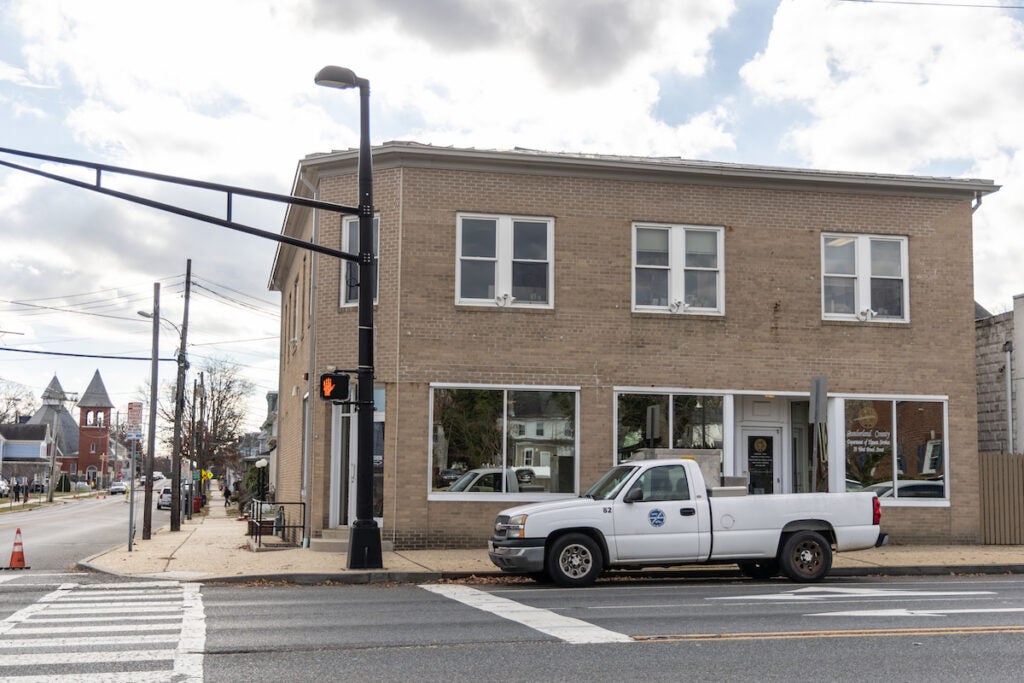
“In some cases, it could be [that] they really should be in a group home. They should maybe be in an assisted living facility. They should maybe be going to drug treatment,” she adds. “We’re gonna work to get people where they need to be so that they have success when they leave us and they’re safe when they leave us.”
The shelter receives referrals from churches, law enforcement, and other organizations from across Cumberland. They’ve also used giveaway bags as a means of spreading the word about the shelter and its services.
“What we decided to do was we put soup in there, but we put a label on it that said, ‘want three square meals a day, call the Cumberland Family Shelter’ and the phone number,” said Lombardo-Melchiore. “We put a pair of socks in there that sit and put a label on it that said, ‘you can be warm 24/7 call the Cumberland Family Shelter.’”
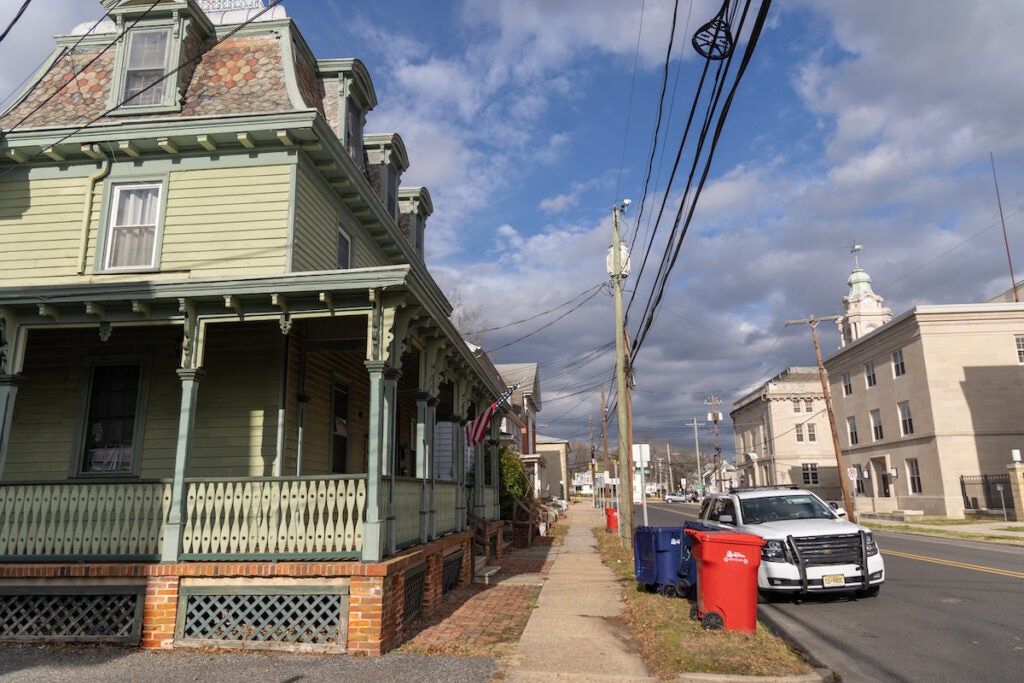
Outside of transportation, Harold Johnson points to another problem: the state and federal government using funding formulas that favor more urban areas.
“A rural county like us, with the urban aspects we have, we get disproportionately less funding than other parts of the state that have a higher population and a higher income,” he said. “We would love to see those funding formulas changed to a per capita formula which could significantly help us.”

Get daily updates from WHYY News!
WHYY is your source for fact-based, in-depth journalism and information. As a nonprofit organization, we rely on financial support from readers like you. Please give today.




